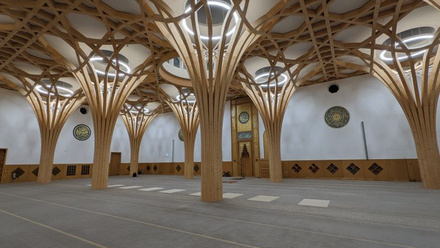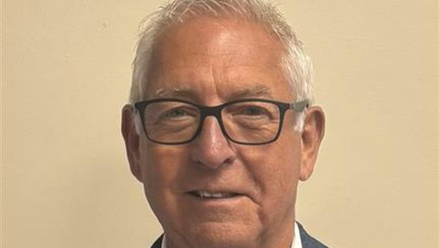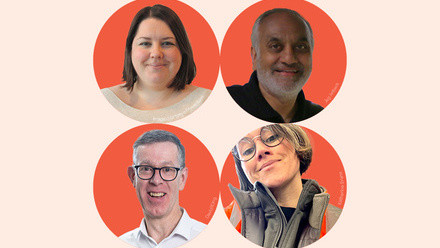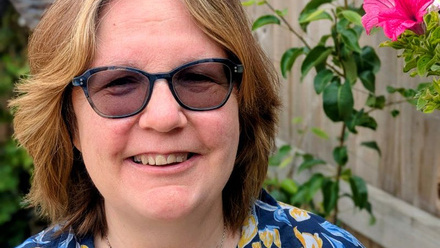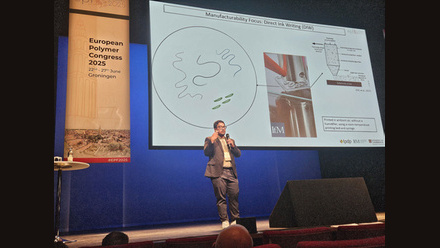The edges protect the centre
Equitable safety and inclusive design in the built environment.
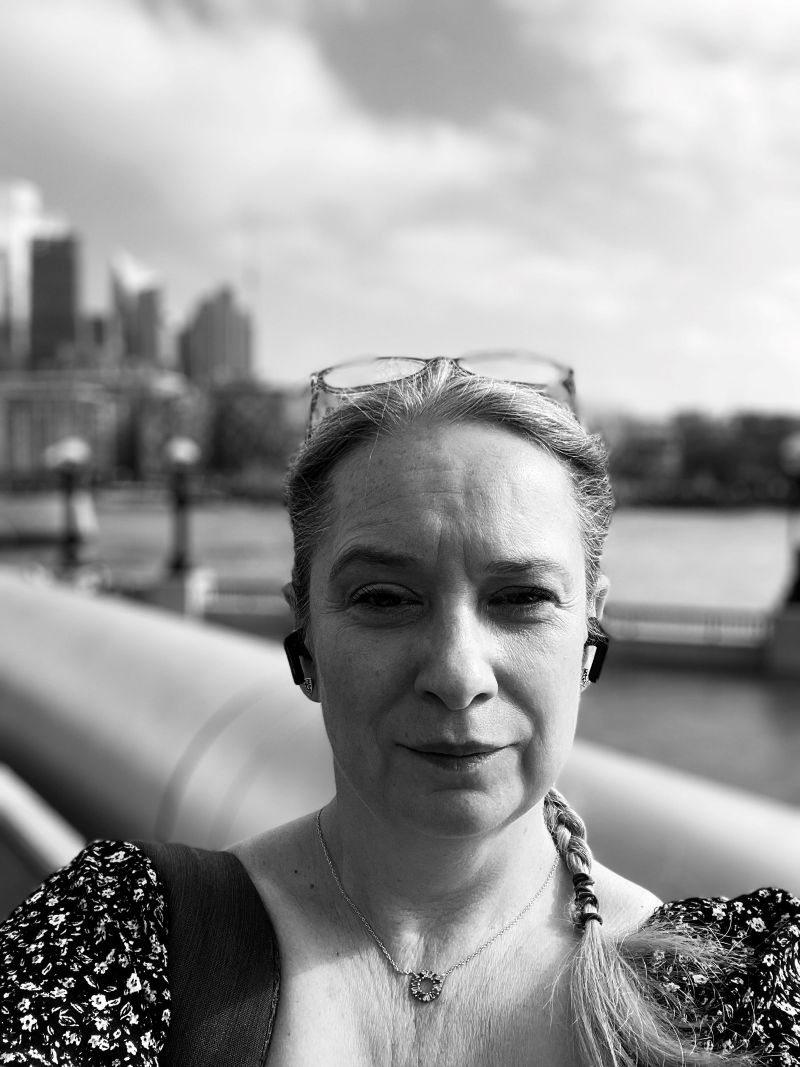
As industries strive to create environments that prioritise the well-being, safety and belonging of all individuals, the powerful truth is that safety is experienced uniquely by everyone. A movement is required to challenge the built environment sector to move beyond compliance and towards a culture where every individual – regardless of ability, background or circumstance – feels safe, heard and included.
The vision is to advance from awareness to action. To embed a safety culture in the built environment that allows each person to voice when they have not been designed for, and ensures the industry responds.
This is not just about physical safety, but psychological safety too. It’s about creating spaces where people feel empowered to speak up, challenge assumptions and influence change.
The cost of assumption
Inclusive design only emerged as a concept in the 1950s, with the rise of ‘barrier-free design’ in architecture concentrating on physical disabilities. Only recently, with the publication of the BSI’s PAS6463 Design for the mind, has the sector started to consider neurodivergent requirements.
As a short-stature woman, who is dyslexic and has ADHD, it became apparent that this lack of awareness not only impacted the end-use, but also those building and maintaining infrastructure.
Consider this – personal protective equipment (PPE) masks are typically designed for male Caucasian faces.
Risk assessments and method statements rarely account for dyslexia, even though one-in-10 people are affected.
We use red and green indicators, despite one-in-12 men being colour-blind. These are not edge cases, they are everyday realities that the mythical average does not exist – we all experience safety differently. Yet our systems are built around assumptions of sameness. The tools we use to design, as yet, don’t allow for diversity.
Yet the Health and Safety Executive’s Construction (design and management) regulations 2015 (CDM 2015) already provides a legal framework for anticipating difference. They are clear about who holds responsibility for safety. Regulation 11.3 states, 'The principal designer must identify and eliminate or control, so far as reasonably practicable, foreseeable risk to the health and safety of any person; a) carrying out or liable to be affected by construction work'.
But the space between knowing and not knowing can feel uncomfortable, frustrating even, as we realise we don’t have the answer.
To prevent this, we create structure, process and standards, and rely on external resources to form the basis of our knowledge. Almost trying to negate our responsibility to check our understanding, to interrogate the source of the information and what bias may lie within.
And here lies the gap. The gap in safety. The gap in productivity. The gap in skills. The gap in wellbeing. It is a gap formed of a reliance on systems created to provide us comfort that someone else did the due diligence, and we no longer can be held responsible for the outcome.
In this gap steps in inclusive design – a process of creating products, services and environments that move away from one-size-fits-all approaches and embrace designs that cater to the diverse needs of their users.
Inclusive design enhances user experience and also drives innovation and creativity. Look at technology advances such as facetime or touch screens. They were born from the need to make technology accessible, but have delivered benefit for us all.
This is the essence of equitable safety. It’s not about adding complexity through viewing safety via a human centred/diverse lens. It’s about recognising the complexity that already exists and responding to it with empathy, intelligence and courage. Designing for the edges so the centre gets it for free.
Wheel of considerations
Unlike environmental sustainability, there are few cohesive targets for inclusive design, or quantifiable decision-making processes to communicate its value in measurable terms. This increases the risk that inclusive design features are removed at value engineering stages, as it may not be fully understood across the design team.
Developed in collaboration with Carly Dickson from Arup and Emily Castle from Costain, the Wheel of Considerations (WoC) is a publicly available measurement tool that increases awareness and understanding of how inclusive environments enable people to safely and equitably engage in life’s activities.
It helps design teams consider the diversity of users at every stage of a project. It evaluates people, environment, activities, residual risk and potential legacy, ensuring inclusion is not an afterthought but a foundational principle.
The tool measures and tracks inclusive design progress across the Royal Institute of British Architects’ (RIBA) Stages of work, in line with the RIBA Inclusive design overlay.
The WoC is composed of design-specific questions used during design and for post-occupancy evaluation, as well as construction-specific questions, to help design teams work towards inclusive environments throughout the entire project lifecycle and when in use.
The prompt questions at each stage are flexible to adjust for all project types, while also being robust enough to cover a range of considerations. The answers are equated to a quantifiable score that enables a project team to track inclusive design progress, compare design options and ultimately inform better design making.
Specific questions consider people’s experiences of environments and activities holistically to provide one central score.
This tool is not a means to criticise projects or shame people, but rather positively encourage proactive efforts to consider how the design of our environment supports the most people possible.
The tool uses the PEARLS framework to provide prompts and supporting information to guide users as they answer the questions.
- People considerations – consider the people who are using your space and the people who are not, and why they can or cannot
- Environment considerations – consider the design features of the environment your space includes
- Activities considerations – consider the activities that happen or should happen in your space
- Risk considerations – review potential risks of low agency scores
- Legacy considerations – review relevant projects within your organisation
- Systems-thinking considerations – coordinate with wider project and programmes that include inclusion
We hope by prompting dialogue and driving from collaboration we can start to shift the dial, so that the products, materials, designs standards and business-as-usual processes take into account and address the needs of a diverse society.
The cultural shift we need
Equitable safety is not just a technical challenge, it’s a cultural one. It requires us to confront discomfort, challenge norms and embrace vulnerability. It asks us to become conscious of our incompetence, to admit what we don’t know and commit to learning.
This is not easy. It means acknowledging that the system is broken – not just for some, but for everyone.
As leaders, we have the power and responsibility to stop holding up a system that excludes. We must review current gaps, work collaboratively across the industry, identify risk and prioritise legacy outcomes. This is not about ticking boxes. It’s about transforming mindsets. It’s about designing with intention, listening with empathy and acting with integrity.
Next time you feel the discomfort, or notice yourself adapting to a design that hasn’t considered your needs, speak up, challenge the status quo, trust your instincts. Because when you do, you make it safer for others to do the same. For what you are not changing you are choosing.
Equitable safety is not a destination, it’s a journey. And it’s one we must take together.


